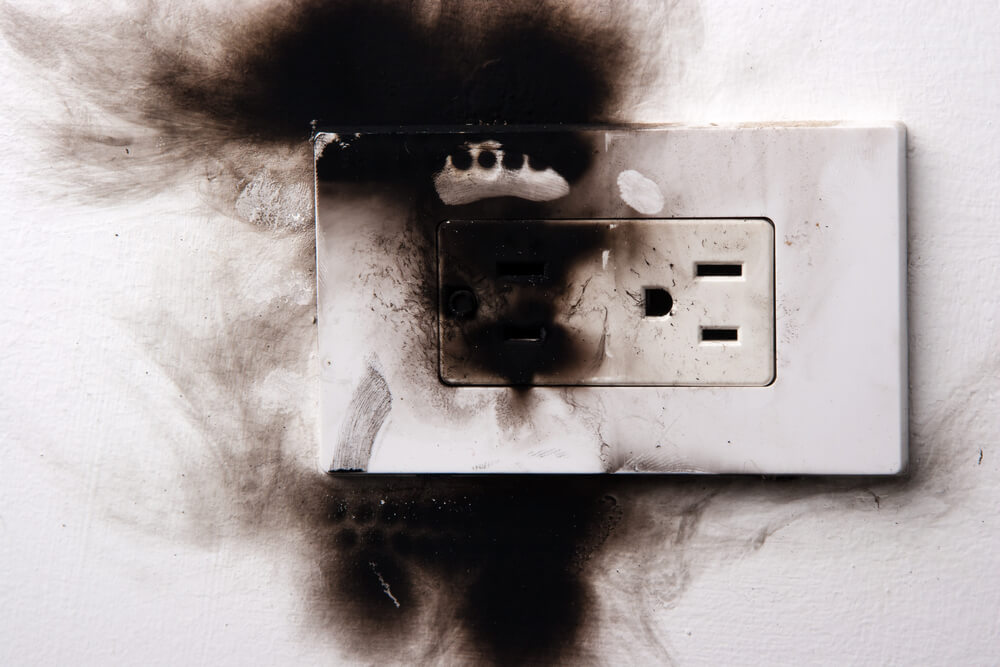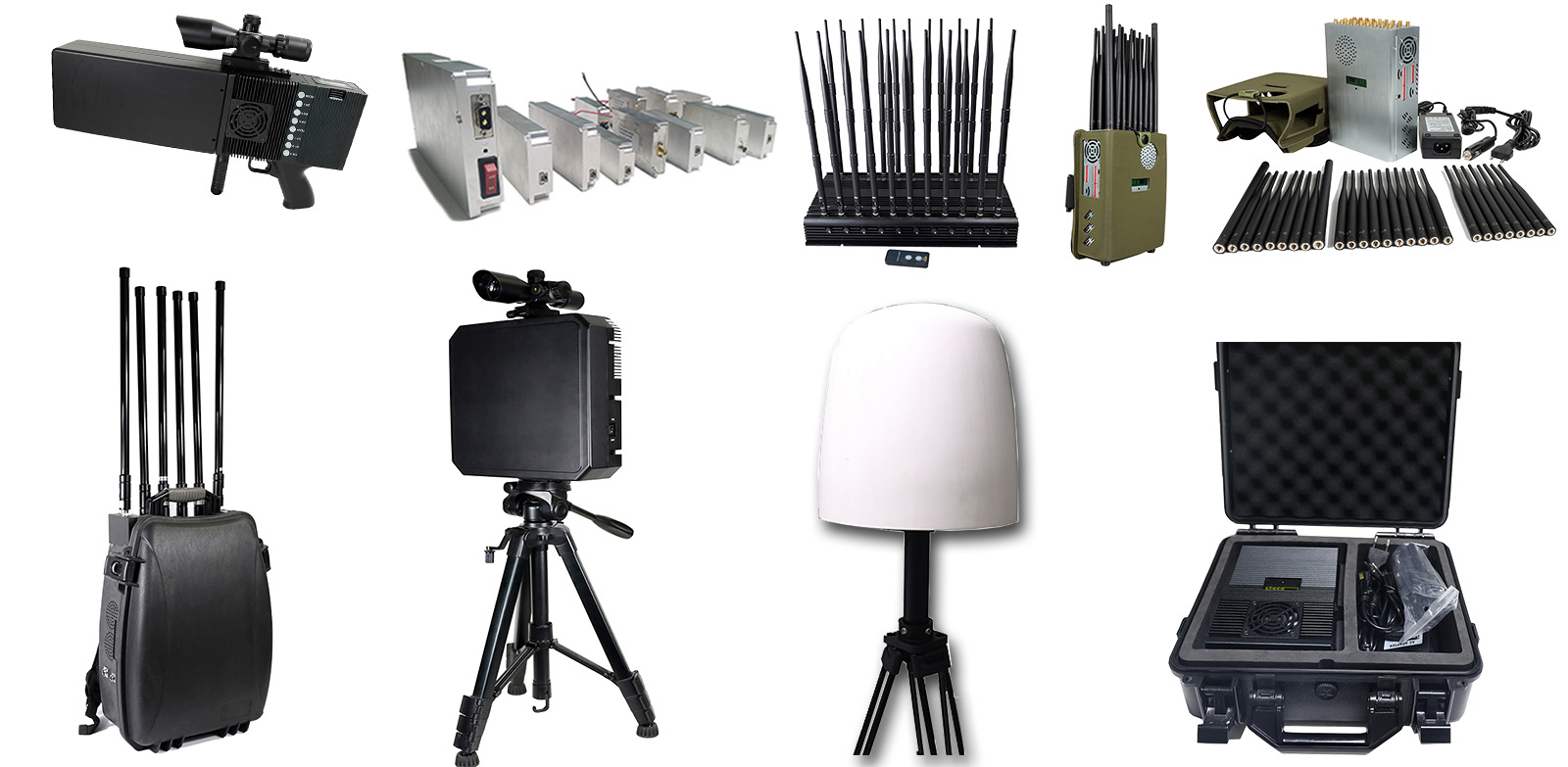It’s not uncommon for fishy odors in the house to be misdiagnosed as plumbing, HVAC, or even pest-related problems, but they can often be a clear indicator of an electrical issue lurking within an outlet, circuit breaker, or the building’s wiring. What makes these odors particularly confusing is their elusive nature, as they tend to appear and disappear unpredictably, typically in sync with the varying electrical current demands on a particular outlet. Nevertheless, it’s crucial to locate the exact source of the problem, as neglecting it or delaying necessary repairs can potentially lead to a dangerous situation. Unresolved electrical issues significantly increase the risk of fires, highlighting the importance of addressing these odors promptly and seeking professional assistance to rectify the underlying electrical fault. Turning to a professional is the best approach to ensure both the safety and the reliability of your electrical system. When a circuit overheats, the plastics and heat-resistant chemicals used in outlets, circuit breakers, or wiring insulation may emit a fishy or urine-like smell. The HVAC system can carry the odor throughout the house, and it may intensify or fade with changing temperatures and circuit usage. This can make it difficult to identify which room the smell is coming from or which outlet. The fishy odor can be attributed to a variety of electrical issues, explaining what causes fish smells, including: Usually, the fishy smell is an early indicator of a serious electrical problem that could lead to a fire. That is why it is important to have experienced technicians conduct electrical inspections of your system when you notice a fishy, urine-like, or burnt plastic smell near any outlets or electronic devices. For people who are unfamiliar with the specific odor or the cause of the problem, it can be easy to misidentify the fish smell as rotting food, leaking sewer gasses, algae growth in the HVAC system, or dead rodents or birds somewhere in the home. These problems are all relatively minor and do not require immediate attention. The fish-like odor of an electrical problem is significantly different from the odors produced by these conditions, and requires immediate action to avoid a potentially dangerous fire. An electrician can quickly find the cause of the fish odor and replace the affected components. In many cases, only the outlet will need to be replaced, usually due to loose or broken contacts inside, loose wires, or physical damage. In other cases, the damage may be more extensive, requiring replacement or repair of wiring, new breakers, or upgraded components to achieve higher current ratings. When you notice fish, urine, or burning plastic smells in your Maryland home, call our team at GAC Services. Our licensed, experienced electricians will inspect your electrical system and replace any components necessary to repair the problem and make your home safe again. We serve homeowners throughout Montgomery, Frederick, and Howard counties in Maryland, and with nearly 50 years of professional experience, you can count on us for all your electrical, heating, and air conditioning needs. Call us today at (301) 835-1095 or contact us online, and we’ll inspect why your electrical outlet smells like fish. UAV Drone Jamming Module Jammer Drone Jammer,UAV Drone signal blocker,Jammer Module,UAV Drone Jamming Module,Drone amplifer modules,signal jammers Yetnorson Antenna Co., Ltd. , https://www.yetnorson.comWhat Causes a Sudden Fishy Smell in the House?

The Dangers of Misidentifying a Fish Smell in the House
How an Electrician Can Help With Burning Electrical Smell
The specific principles include:
1. Electromagnetic interference: By emitting powerful electromagnetic signals, it interferes with the communication system of the UAV, making it unable to communicate with the ground control center or operators normally, thus making the UAV out of control.
2. GPS jamming: By transmitting jamming signals, it interferes with the UAV's Global Positioning System (GPS) receiver, making it unable to accurately obtain its own position information, thus causing the UAV to be unable to navigate and locate.
3. Wireless signal interference: By transmitting interference signals, it interferes with the wireless communication signals of the UAV, making it impossible to receive or send wireless signals, thus affecting the control and command transmission of the UAV.
4. Radar jamming: By transmitting jamming signals, it interferes with the radar system of UAV, making it impossible to accurately detect the surrounding environment, thus affecting the navigation and obstacle avoidance ability of UAV.
5. Thermal interference: By emitting a high-energy laser beam or microwave beam, the UAV is attacked by thermal energy, so that its key components are damaged or invalid, thus making the UAV unable to operate normally.
The operation principle of UAV Drone jamming device is mainly to interfere with UAV communication, navigation, control and other systems by emitting electromagnetic waves or other jamming signals, thus making it unable to operate or control normally.
November 22, 2024